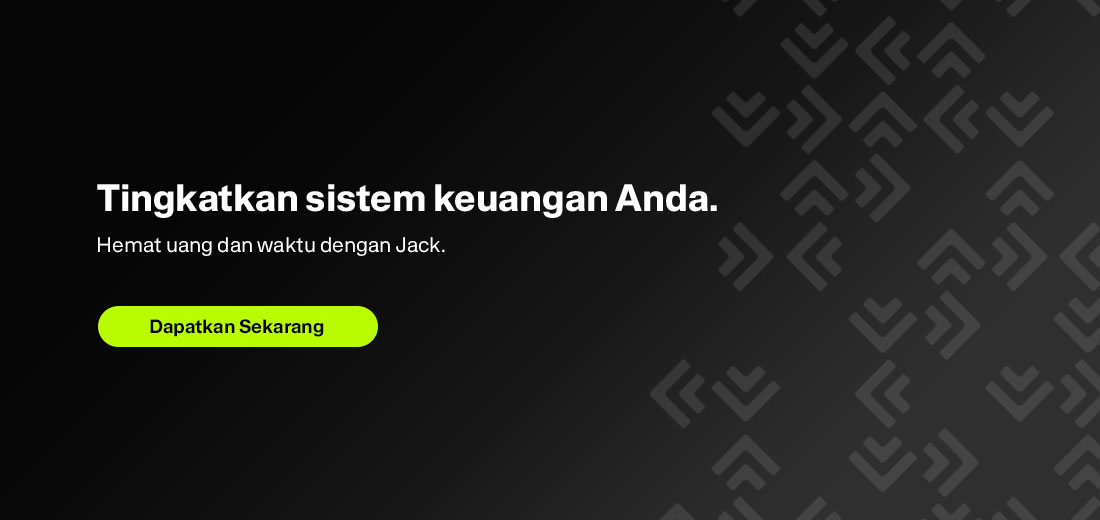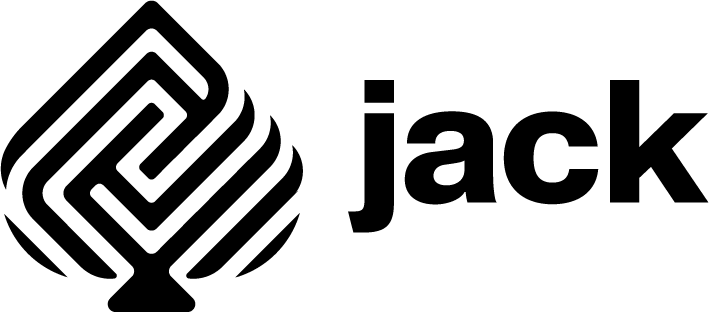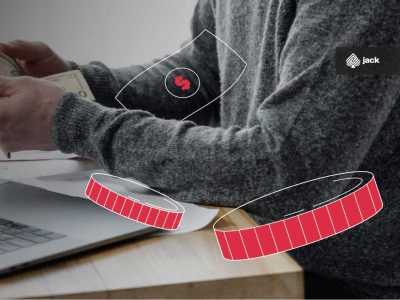Many companies still manage employee reimbursement manually—collecting paper receipts, filling out physical forms, and going through lengthy, layered approval processes. The problem is, this method is often slow, error-prone, and frustrating for both employees and finance teams.
When claims are rejected due to minor mistakes or payments are delayed for weeks, it can disrupt productivity. In reality, reimbursement should be a simple, supportive process—not an administrative burden.
This is why a modern employee reimbursement solution is essential. It ensures that the process is not only fast and efficient, but also transparent and trackable by everyone involved.
What Is Reimbursement?

Reimbursement refers to the process of reimbursing employees for expenses they have personally incurred on behalf of the company—for work-related or business travel purposes. According to the Indonesian Dictionary (KBBI), reimbursement is “the repayment of money that was initially paid by someone else.”
A simple example: if an employee pays for a flight ticket for a business trip, they are entitled to claim reimbursement from the company.
Most companies have general requirements for reimbursement, such as:
- Attaching proof of payment (receipts, invoices, or tickets)
- Submitting the claim within a certain period (e.g., within 7 days of the transaction)
- Ensuring the expense aligns with company policy and has manager approval
Common Types of Reimbursement in Companies
In practice, reimbursement can be categorized into several common types:
1. Business Travel Reimbursement
Covers transportation, accommodation, meals, and other expenses incurred during domestic or international business trips.
2. Medical Reimbursement
Includes medical expenses not covered by national health insurance or company insurance, such as vitamins, over-the-counter medicine, or personal consultations.
3. Operational and Equipment Reimbursement
For small purchases needed to support daily work, such as office supplies, headphones, or lightweight IT equipment.
4. Training or Course Reimbursement
Employees attending seminars, certifications, or training sessions pre-approved by the company may claim reimbursement for related fees.
5. Personal Transportation Reimbursement
Covers fuel, toll fees, parking, or mileage reimbursement for using personal vehicles for work purposes.
What Expenses Can Be Reimbursed by Employees?
While each company may apply different reimbursement policies, the following are commonly accepted:
- Transportation tickets (airfare, train, taxi, ride-hailing)
- Hotel stays during business trips
- Meals and drinks (within a defined daily limit)
- Toll fees and parking
- Work-related equipment (mouse, charging cables, stationery)
- Minor medical expenses
- External training (with managerial approval)
- Meeting refreshments or project-related purchases
It’s important for employees to understand which expenses are eligible to avoid rejected claims later.
Also Read: How to Create a Clear and Effective Reimbursement SOP for Your Company
Reimbursement Workflow and Payment System

Typically, the reimbursement process begins when an employee pays for a work-related expense, such as a plane ticket for a business trip, office equipment, or meeting refreshments.
The employee then fills out the reimbursement form provided by the company and attaches the required receipts or invoices. Once submitted, the claim is reviewed and approved by the employee’s direct supervisor.
After approval, the finance team processes the claim for reimbursement and transfers the amount to the employee’s bank account.
Common Reimbursement Schemes:
- Distance-Based Reimbursement
Example: If the company sets a rate of Rp 2,000/km and the employee travels 20 km for work using a personal vehicle, the reimbursed amount is Rp 40,000. - Per Diem System
The company defines a daily rate for travel expenses. For example, Rp 500,000 per day, covering meals, local transport, and incidentals. - Work Equipment Reimbursement
Example: An employee buys a mouse for Rp 150,000 to support remote work. With managerial approval, the expense is fully reimbursed. - Medical Expense Reimbursement
Example: An employee purchases over-the-counter medicine for Rp 90,000. With proof of purchase and a simple diagnosis, the claim is processed in accordance with HR policy.
Common Challenges in Managing Employee Reimbursement
Although it seems simple, reimbursement can become complicated due to various issues:
- Lost Receipts – Employees forget to keep payment proof
- Slow Approvals – Delayed due to busy managers
- Incorrect Submission Format – Claims don’t follow SOP and must be revised
- Lack of Tracking – Difficult to monitor claim status in real-time
- Miscommunication – Claims rejected without clear explanation
These issues often lead to employee dissatisfaction and inefficiencies in internal processes.
A Smarter, More Efficient Reimbursement Solution
To simplify and streamline the process, many companies are turning to digital reimbursement systems, which offer:
- Submission via mobile or web app (no paper or Excel required)
- Receipt upload directly from smartphones
- Automated approvals based on organizational hierarchy
- Real-time status updates for employees
- Structured reporting for HR and Finance teams
Recommended Tools: Jack Reimbursement (by itsjack.com)
Jack offers a modern reimbursement solution designed to help companies digitize and simplify their reimbursement process. Employees can submit requests through an intuitive dashboard, attach their receipts, and send them directly to their manager for approval. Every step from submission to approval and payout is recorded in an integrated system, reducing the risk of lost documents or communication errors.
One of Jack’s key strengths is its flexibility and efficiency. Approvals are handled in real time and follow the company’s organizational flow. Companies can also configure internal rules such as expense limits, eligible expense types, and reimbursement schedules. As a result, the entire process becomes faster, more transparent, and more accountable for HR, finance, and employees alike.
When choosing a reimbursement platform, make sure it:
- Integrates with your HR or payroll system
- Supports multi-level approvals
- Provides a full claim history for audits and reporting
Reimbursement Is More Than Just Admin It’s Support
Reimbursement isn’t merely an administrative task—it’s a reflection of how much a company supports its employees’ work experience. That’s why it’s important for businesses to evaluate whether their current system is serving them efficiently.
By implementing a digital and integrated employee reimbursement solution, companies can save time and resources while fostering greater trust and transparency in the workplace.
Use Jack for Your Business Needs

Choosing the right international payment solution is crucial for smooth cross-border transactions. Jack provides powerful tools through its International Transfer feature, enabling businesses to send funds to over 50 countries with transparent, competitive fees. With flat transaction fees and favorable exchange rates, Jack helps companies handle international transfers confidently—free from hidden costs.
In addition, Jack offers a suite of financial features including Corporate Card, Local Transfer, and Bill Payment, all accessible through one easy-to-use platform. Sign up your company today and optimize your financial operations with Jack.





